Market Trends
Key Emerging Trends in the Multi-layer Security Market
There are a number of significant developments in the multi-layer security sector that are indicative of how cybersecurity is developing. The growing use of zero-trust security frameworks is one such trend. Conventionally, security models functioned under the premise that one could trust everything contained within a network. But as the number of sophisticated cyberattacks increases and remote work becomes more common, businesses are adopting a zero-trust strategy in which access to resources is verified, and confidence is never taken for granted. As a result of this development, identity and access management systems are now an essential part of multi-layer security, guaranteeing that sensitive information and systems can only be accessed by authorized people or devices. The focus on cloud-native security solutions is another important trend in the multi-layer security industry. Security solutions created especially for cloud settings are becoming more and more necessary as businesses continue to move their activities to these cloud environments. A more flexible and scalable method is provided by cloud-native security, which enables companies to securely safeguard their data and apps in both on-premises and cloud settings. This pattern, which shows security vendors creating solutions that can adjust to the dynamic nature of cloud computing, is an industry response to the shifting IT landscape. Furthermore, exchange of information and threat intelligence have become essential components of multi-layer security methods. Organizations are employing threat intelligence to improve their proactive defensive capabilities in the face of constantly changing cyber threats. To keep ahead of hackers, this entails obtaining and evaluating data on prospective threats, vulnerabilities, and attack trends. The exchange of information across security communities and organizations is also increasing, allowing for a coordinated response to new threats. By utilizing the combined expertise and experiences of the cybersecurity community, this cooperative method improves the overall efficacy of multi-layer security measures. Additionally, the industry is seeing a boom in the incorporation of orchestration and automation into multi-layer security systems. Automation is essential for quickly identifying and handling issues since cyber threats are becoming more numerous and complicated. This is further improved by security orchestration, which streamlines and synchronizes response activities across several security tiers. The industry's acknowledgment of the need for quick and effective incident response is shown in the move towards automation and orchestration, which cuts down on the time needed to find and address security events.
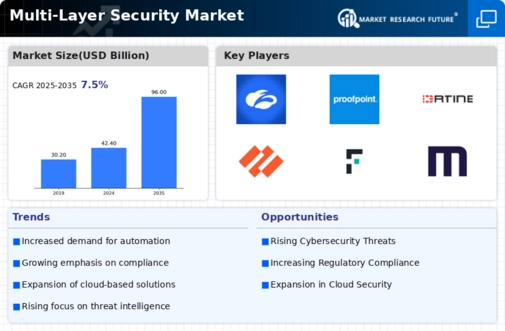
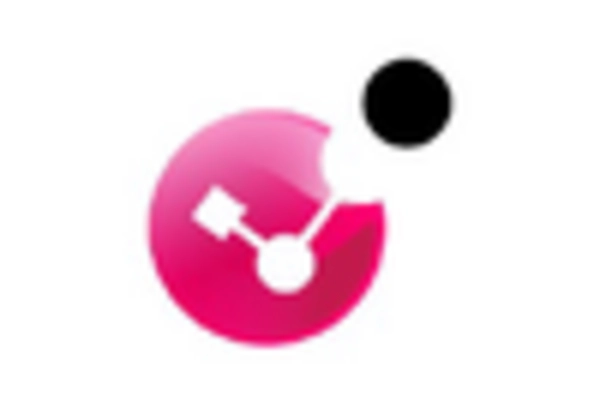

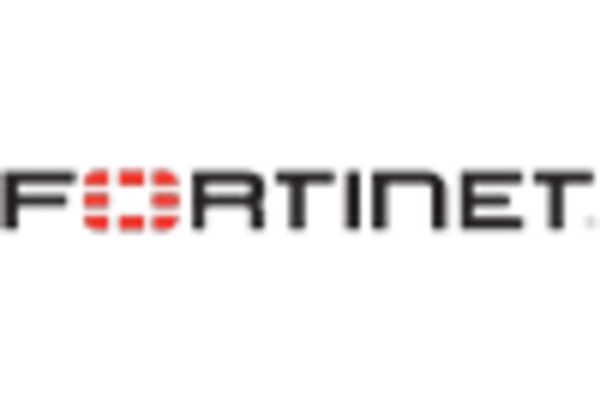
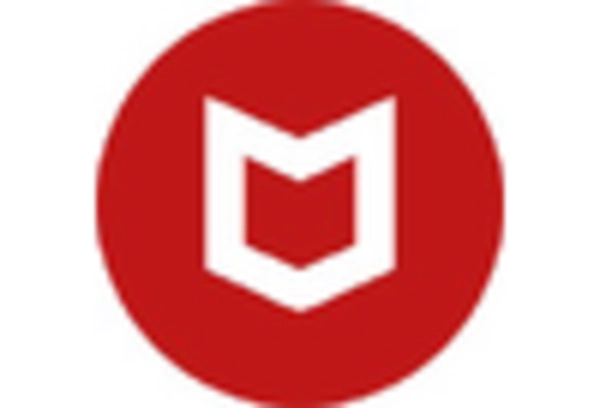
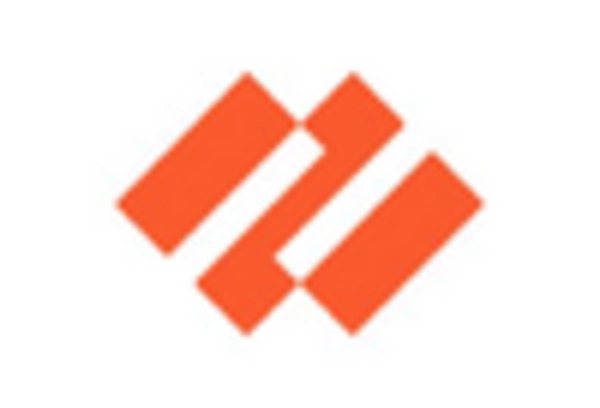
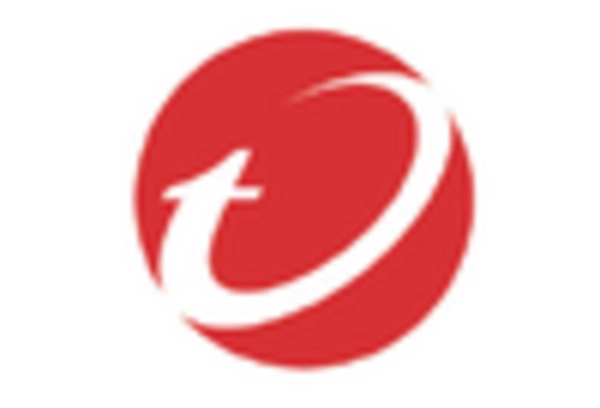









Leave a Comment